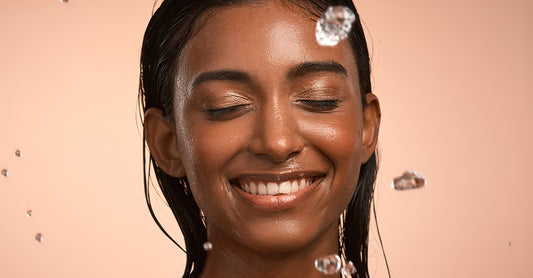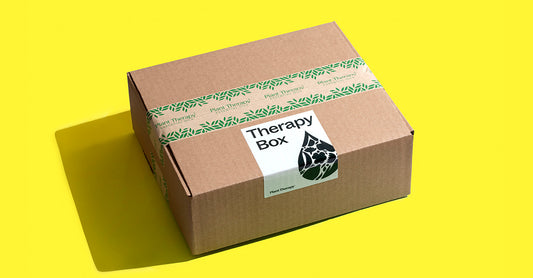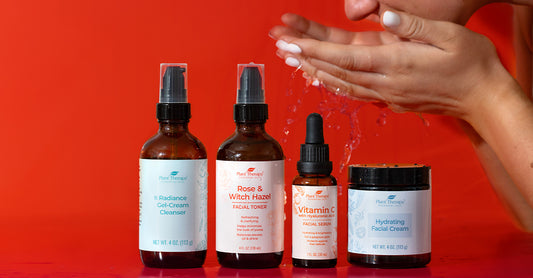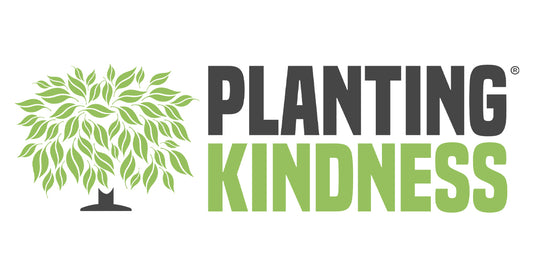Strap in, we’re here to give you a crash course on all things essential oils! Whether you’re just getting started or want to learn more about these beauties in your oily collection, there’s something here for everyone.
Essential oils are not oily.
Plants can form two types of oils: vegetable oils which are principally made up of triglycerides and fatty acids, and essential oils that are made up of (non-greasy) volatile compounds.
Essential oils contain many chemical constituents.
The majority of essential oils have one, two or three major constituents that each make up about 20-90% of the oil. There are a few minor constituents at about 1-19% each, and many more constituents that make up less than 1% each. Check out all the constituents found in an essential oil by looking at our GC/MS reports.
For example, you can look at all the constituents found in our Sweet Orange here.
Not all essential oils are created equally.
There are many different factors that can affect what an essential oil is made up of. The percentage of a single constituent often changes from harvest to harvest. This is one of the reasons testing is so important. There can be contaminants, dilutions, adulterants, etc… depending on how the essential oil is grown, harvested, extracted and processed. This is another reason why testing is so important.
Learn more about Plant Therapy’s essential oil quality here.
Essential oils can be extracted in several ways.
These include steam distillation, hydrodistillation, and expression (cold pressing, used for citrus oils). Other types of natural aromatic extract include absolutes and CO2 extracts.
Learn more about extraction methods on our FAQ page here.
Enormous amounts of the plant are needed to produce essential oils.
Some say it takes about 60,000 roses to get just 1 ounce of Rose Essential Oil.
Some essential oils are prone to oxidation.
Oxidation is caused by light, heat, air, and moisture and can adversely affect your oils. To avoid this, always store essential oils in a dark glass bottle that is tightly capped. Keeping your essential oils refrigerated also helps and can even double the effective lifespan of your oils. Which for some oils can be 7-10 years.
Learn more about the shelf life of essential oils here.
Essential oils should not be used undiluted.
You can read more about diluting essential oils in our post What is a Carrier Oil and Why Do I Need It. You can also check out Plant Therapy’s Dilution Chart to learn everything you need to about dilution.
Essential oils should not be ingested.
Plant Therapy does not recommend the general internal use of essential oils. Essential oils are highly concentrated. They have the capacity to cause damage if ingested without the necessary expertise. We do have customers who choose to use our oils internally. However, we recommend it only be done with great respect for the power of essential oils, under the supervision of clinical aromatherapist.
Learn more about ingesting essential oils here.
Young children and pregnant women should be very cautious when using essential oils.
There are essential oils that should NEVER be used while pregnant. You can read more about essential oils and pregnancy in our post Pregnancy and Essential Oils.
For more information on this, you can also email our Customer Satisfaction Team at cs@planttherapycom. For young children and pregnant women, we recommend that you start at a dilution of 0.5%. You can go up to 5% if needed depending on the oil and the age of the child. Check out our KidSafe line of essential oils for your children!
Generally, the best way to use essential oils is through inhalation.
You can do this by diffusion. Another great option is to use a personal aromatherapy inhaler. However, topical use is best for skin issues and wounds.

Essential oils are widely known to help with…
Immune boosting, seasonal threats, discomfort caused by overexertion or the normal wear and tear that comes from aging, skin issues, worry, and other concerns.
Essential oils GRAS.
There are some essential oils that are Generally Regarded as Safe by the FDA. However, there is no government agency that certifies or grades essential oils. Therapeutic grade, Certified Pure Therapeutic Grade and pharmaceutical grade are made-up terms in the essential oil industry. Do not buy essential oils only because of their grade or certification. Buy essential oils because you have seen and understand the tests or because you trust the company you are purchasing from and they are willing to give you any answers that you ask questions about.
Important information to know about an essential oil…
Botanical name, chemotype (if applicable), the origin of the plant (this can drastically change the percentages of the chemical constituents) and extraction method. Additionally, it is also important to note if the essential oil has been diluted with anything (EVEN if it is a natural dilution).
Essential oils can become more powerful therapeutically when blended correctly.
These blends are synergies. A blend is a mix of essential oils all similar in therapeutic properties and chemical families. “The expression of the whole has greater effects than the sum of all its individual parts.”– Aromahead Institute
Testing essential oils.
I have mentioned above why testing is very important for essential oils. Some of the tests that need to be done to show the purity and the constituents of an essential oil are GC/MS testing. Along with these tests you can also do the smell test (many well-trained and experienced essential oil experts can often tell if an essential oil is pure or has been adulterated simply by smelling the essential oil).
One of the best ways to do this is with a test strip. By smelling the oil with a test strip, you are able to smell the different notes more distinctly. Once the oil has sat on the strip long enough, the top note has evaporated and you can smell the middle and base notes better. This continues the longer the oil is on the test strip. (Could be a fun experiment for those wanting to learn more about essential oils, especially if you are interested in making your own synergies). To learn more about the testing that Plant Therapy does, check out our Quality Page.
If you have any questions, please email our amazing customer satisfaction representatives at cs@planttherapy.com. The purpose of this post is to help educate essential oil users. This post was written by Retha Nesmith and looked over by Plant Therapy’s expert, Robert Tisserand.










